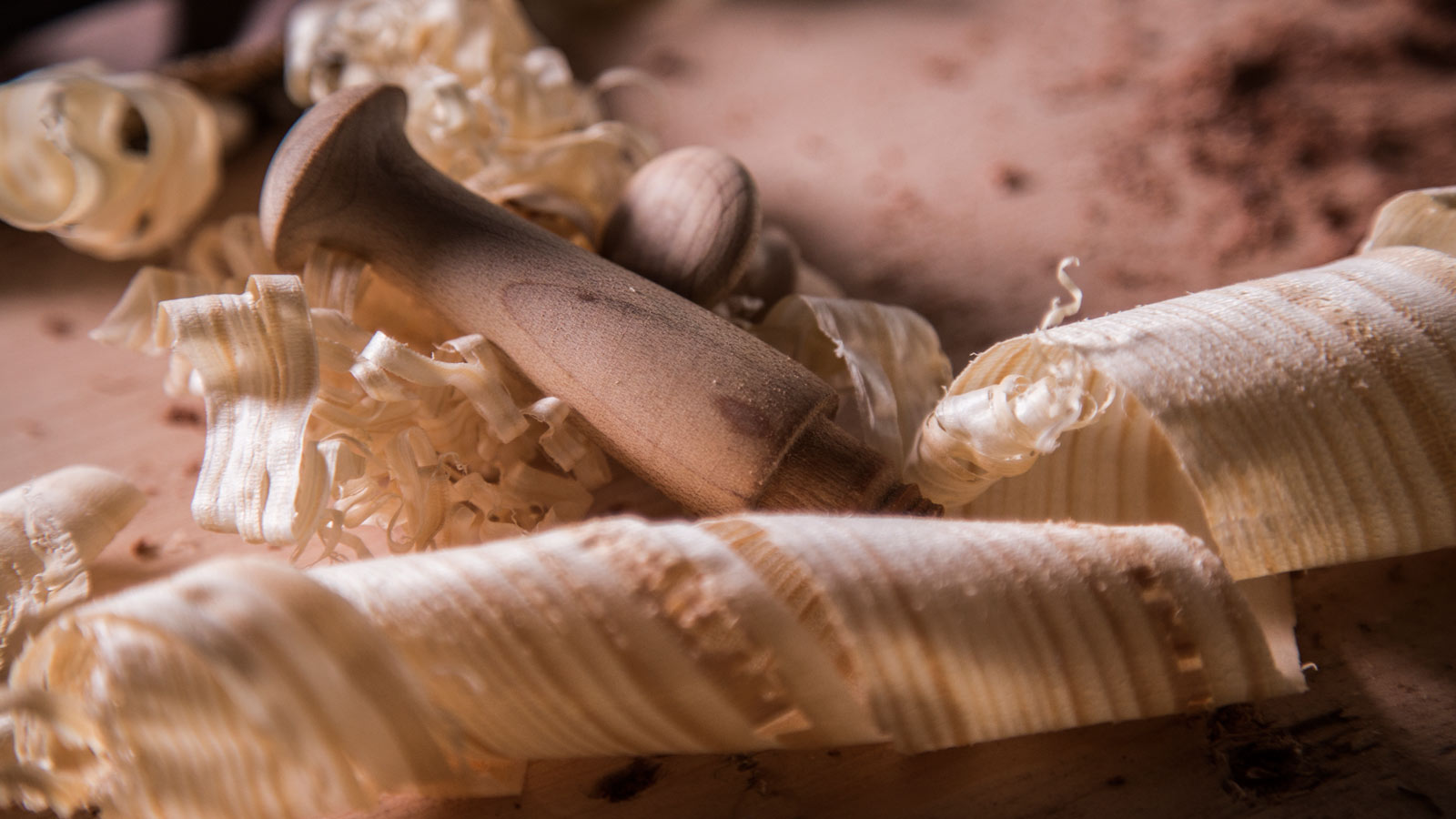Restoration and glazing of a unique 3 storey bay window project
18 Sep 2018

One of the most unusual windows that we have ever worked on was a huge 3 storey bay window restoration project in a beautiful historic building located in Stratford on Avon.
The window was unique. The wooden framework of the window was twisted, reminiscent of the trunk of a huge tree. The window panes were irregular shaped glass panels, each one different from the next in shape, size and the angle at which it was positioned within the frame. The overall effect was of a fantastic, fairy tale window.
The owner worked within the energy industry and had an appropriately keen sense of his responsibility for making his home as energy efficient as possible. Thermal imagery had shown that an enormous amount of heat was escaping through this massive window. It was therefore necessary to install double glazing to reduce heat loss. This would require removing the original thin glass panes and replacing these with two panels as well as restoring the old wooden frames.
Specialist joinery
This was an enormous project requiring three specialist joiners working over several months. Fortunately it was deemed that the work that we were doing would not change the fabric of the building. Therefore it fell within the regulations associated with working on an historic building.
Our joiners hand carved the rebates – the gaps into which the glass panels are fitted. To achieve a harmonious colour finish the wooden beading was dyed using a traditional method which uses crushed walnut shells.
Successful bay window restoration
The end result was magnificent. The bay window retained its original appearance and the double glazing achieved the required outcome of massively reducing heat loss. Our client was delighted with our work and told us that he had selected us to do the job because of our experience in working on historic buildings and had felt that he was in safe hands throughout the project.